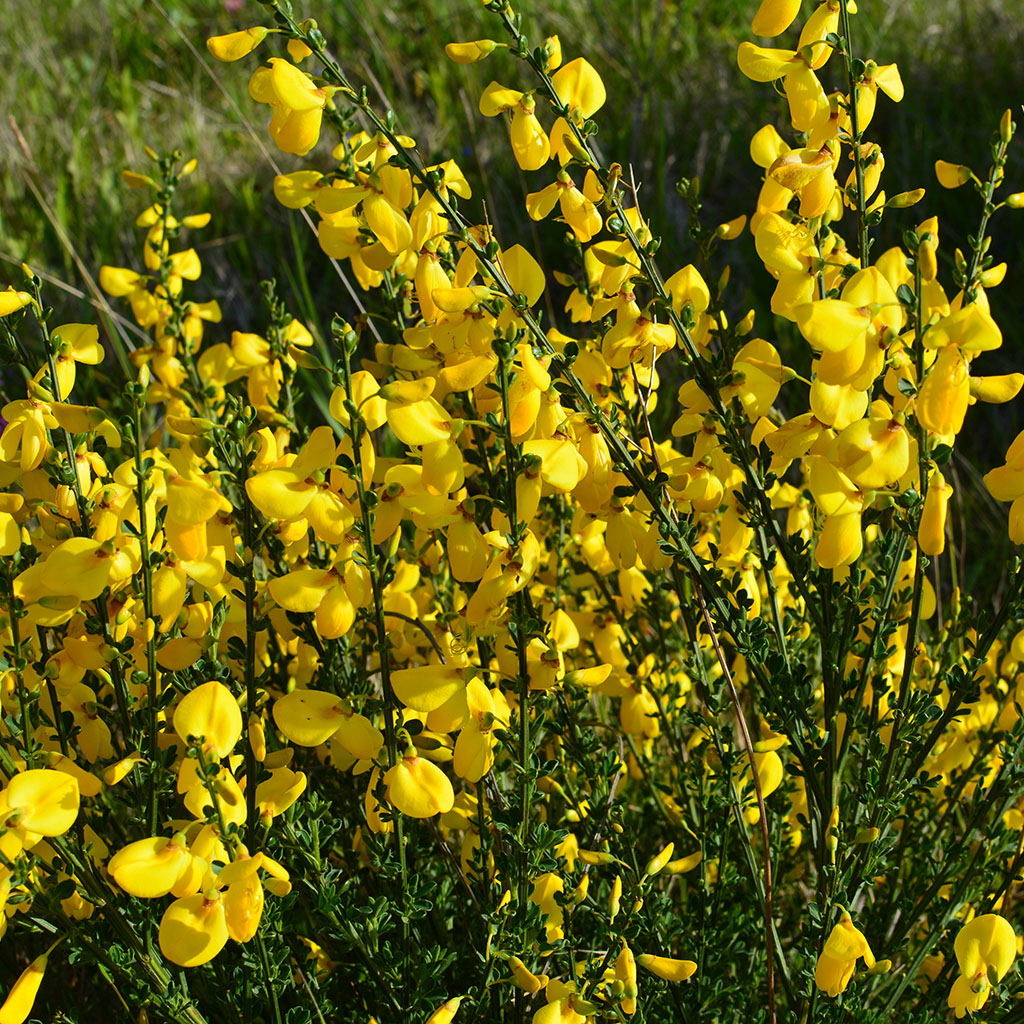Scotch Broom in Your Pacific Northwest Yard: What You Need to Know
If you live in the Pacific Northwest and have noticed bright yellow blooms taking over your yard or nearby roadsides in late spring, you’re likely looking at Scotch broom (Cytisus scoparius). While its cheerful flowers might seem charming, Scotch broom is one of the region’s most invasive and problematic plants—and managing it is important for both your landscape and local ecosystems.
🌼 What Is Scotch Broom?
Scotch broom is a woody shrub native to Europe that was introduced to North America in the 1800s as an ornamental plant and erosion control solution. It thrives in poor, sandy soils and disturbed areas—making roadsides, open fields, and clear cuts ideal habitats.
It’s easy to recognize by its:
- Vivid yellow flowers (blooms April to June)
- Slender green stems
- Height up to 10 feet
- Pea-like seed pods that explosively burst when mature
🚫 Why Is It a Problem?
Scotch broom may look pretty, but it causes serious trouble in the Pacific Northwest:
- Chokes out native species: Its dense growth shades out wildflowers, grasses, and young trees, reducing biodiversity.
- Harms wildlife habitat: Native birds and pollinators struggle to find food and shelter in broom-dominated areas.
- Increases wildfire risk: The plant’s high oil content and dry stems act as excellent tinder.
- Spreads rapidly: Each plant can produce thousands of seeds that remain viable for up to 60 years in the soil.
- Hard to control: Its deep root system and explosive seed dispersal make it difficult to eradicate.
🧹 What You Can Do About It
- Pull It Early
If you catch it while it’s still a seedling (under 2 feet tall), hand-pulling is effective, especially after rain when the soil is soft. - Cut It Before It Seeds
Mature plants can be cut at the base during bloom (before pods form). Use a weed wrench or loppers. Cutting during flowering helps prevent seed formation. - Don’t Burn or Compost It
Scotch broom seeds survive both! Instead, bag it and dispose of it in green waste services approved for invasive plants. - Replant With Natives
Replace broom with native shrubs and ground covers like red-flowering currant, snowberry, or kinnikinnick. This improves biodiversity and makes it harder for broom to return. - Monitor the Area for Regrowth
Even after removal, seeds can sprout for decades. Regular follow-ups are key to long-term success.
💡 Final Thoughts
Scotch broom is more than just a nuisance—it’s an ecological disruptor. By taking action in your yard and community, you help protect the natural beauty and balance of the Pacific Northwest. And remember, early and consistent effort is your best ally in the battle against this resilient invader.
If you see it, pull it. If it’s blooming, act now.
Need a hand? Call Levy’s Lawns and Landscaping at (360) 876-6567 for expert help removing Scotch broom and restoring native beauty to your yard.
